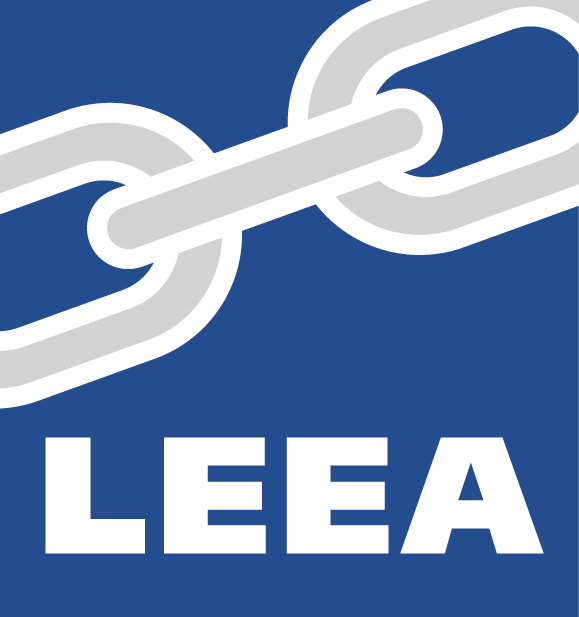Lifting Inspection
Lifting inspections are critical for ensuring the safety and compliance of lifting equipment, including cranes, hoists, slings, and other rigging gear.
These inspections are mandated by various regulatory bodies such as:
- OSHA (Occupational Safety and Health Administration)
- ASME (American Society of Mechanical Engineers).
The primary goal is to verify that all lifting equipment is in safe working condition and meets the required standards for operation.
Importance of Compliance
Types of Inspections
These are daily checks performed by operators before the first use of lifting equipment each shift. They ensure that all operating mechanisms function correctly and safely.
Certain components like wire ropes, chains, and hooks require documented inspections at least once a month. This frequency helps identify wear or damage early on.
Comprehensive inspections must be conducted yearly on all lifting systems to comply with OSHA regulations (specifically OSHA 1910.179 for hoists and OSHA 1910.184 for slings).
These inspections include thorough examinations of mechanical, structural, electrical, and safety systems.
Depending on the service conditions (e.g., severe environments), more frequent inspections may be necessary. This includes non-destructive testing (NDT) methods to detect hidden defects without damaging the equipment.
Documentation
LEEA Membership
KKETCo. carries out lifting equipment inspection in accordance with industry standards and applicable legislations according to LEEA requirements
Our lifting equipment inspection Engineers are qualified and competent to conduct a full-scale thorough examination of all types of lifting gears in addition to Mobile Crane With over 15 years of hands-on involvement in carrying out inspection services combined with classroom / academic training, our Inspection Engineers are able to accomplish any given task in a timely manner without compromising quality.
To supplement a thorough examination of any item of lifting equipment, we provide the most comprehensive NDT methods available as may be required.
Our Inspection teams are multi-skilled and are certified SNT Level II according to SNT-TC-1A in different NDT methods such as MT, PT, VT, UT, RT, and ET.
We strictly follow the LEEA codes of practice and other international standards and regional statutory requirements. We never compromise our Lifting Equipment Inspection Quality Standard.

